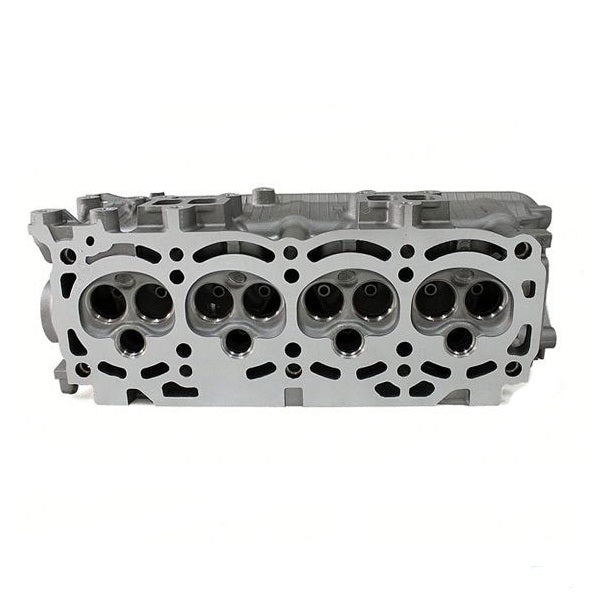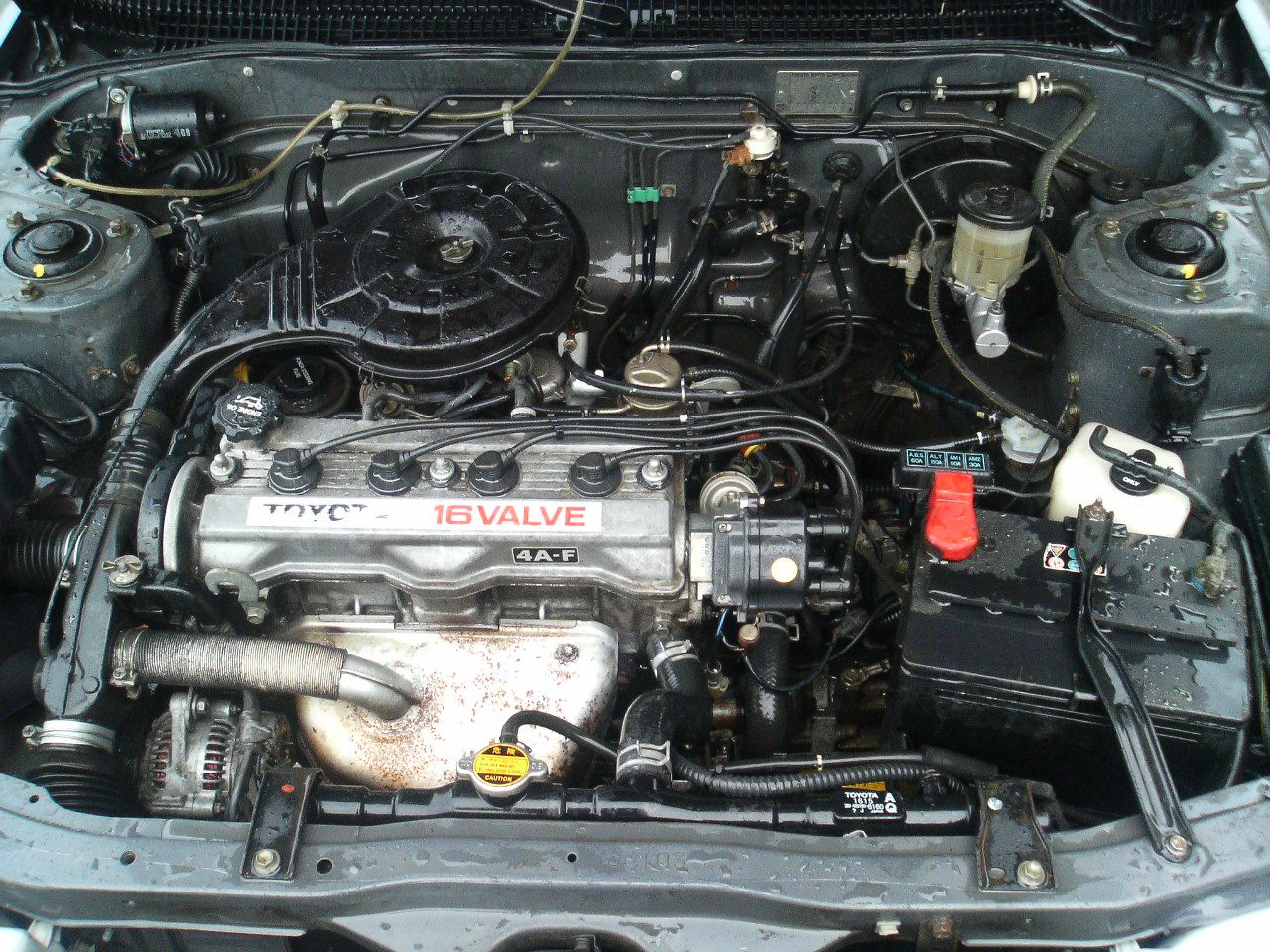Toyota Tazz: The Compact Car That Delivers on Reliability and Fuel Efficiency
Toyota Tazz: The Compact Car That Delivers on Reliability and Fuel Efficiency
Blog Article
Check Out the current Fads in Engine Technology With Tazz
In the rapidly evolving landscape of auto modern technology, Tazz stands at the center, highlighting considerable developments in engine systems that prioritize both advancement and sustainability. From hybrid engines that optimize gas effectiveness to the development of hydrogen gas cells, the patterns shaping modern-day powertrains are not just enhancing efficiency however also resolving important environmental obstacles.
Hybrid Engine Innovations
Hybrid engine advancements represent a crucial shift in automotive modern technology, combining the advantages of internal burning engines with electric propulsion systems. This assimilation not just boosts gas effectiveness but additionally lowers exhausts, meeting increasingly stringent ecological regulations. By using both power sources, hybrid engines can maximize efficiency, providing power when required while saving gas during less requiring driving conditions.
Current developments in crossbreed technology include renovations in battery efficiency and regenerative stopping systems. These technologies enable higher power recovery during deceleration, which can be redirected to help in velocity or power auxiliary systems. Manufacturers are focusing on lightweight products and small layouts to take full advantage of the effectiveness of crossbreed powertrains.
The growth of plug-in crossbreeds has actually additionally increased the marketplace, enabling chauffeurs to charge their cars utilizing common electric outlets. This attribute commonly permits considerable all-electric range, further decreasing dependancy on traditional gas. tazz. As the vehicle market proceeds to develop, hybrid engine modern technologies are anticipated to play an essential role in linking the gap in between traditional vehicles and totally electrical versions, supplying a transitional option that satisfies diverse consumer demands and choices
Developments in Electric Powertrains
The vehicle landscape is rapidly developing, with electric powertrains arising as a leading force in sustainable transport. Breakthroughs in electric car (EV) technology are dramatically boosting performance, efficiency, and customer experience. Secret innovations consist of improvements in battery chemistry, which have actually enhanced power density, lowered charging times, and extended general battery life.
Solid-state batteries, for instance, guarantee to transform the marketplace by offering better security and performance compared to typical lithium-ion cells. Improvements in regenerative braking systems are allowing lorries to recuperate power throughout deceleration, contributing to total efficiency.
Along with battery modern technology, electric motor styles are ending up being extra sophisticated. Advancements such as incorporated electric motors and advanced thermal administration systems are aiding to optimize power shipment and lower weight, ultimately improving automobile characteristics.

Jointly, these breakthroughs emphasize the commitment to transition towards cleaner, more efficient transport services, positioning electric powertrains at the center of automotive development.
The Surge of Hydrogen Gas Cells
Progressively, hydrogen gas cells are obtaining traction as a sensible choice to traditional interior burning engines and battery electric vehicles. This modern technology takes advantage of the chemical energy saved in hydrogen, converting it into electricity via an electrochemical reaction with oxygen. The primary result of this process is water, making hydrogen gas cells an eco friendly check my blog alternative with no emissions at the tailpipe.

Automakers are progressively purchasing hydrogen gas cell technology, acknowledging its capacity for long-range applications and quick refueling capacities that rival conventional fuels. Furthermore, markets such as sturdy transportation and public transit are particularly well-suited for hydrogen fuel cells, where battery electric services may fail because of weight and array constraints.
As study and financial investment remain to expand, hydrogen fuel cells are poised to play a significant role in the future landscape of clean transportation and energy options.
Enhancements in Internal Burning Engines
Advancements in interior combustion engine (ICE) modern technology are changing conventional vehicles to fulfill contemporary environmental criteria and performance expectations. Straight fuel shot, for instance, permits for much better atomization of fuel, leading to even more total burning and improved power output.
In addition, turbocharging has gained prestige, allowing smaller sized engines to provide greater performance without the weight of bigger engines that site - tazz. This innovation not only improves efficiency yet also adds to lower gas consumption. Variable shutoff timing systems are also being fine-tuned, enabling engines to adjust to numerous driving conditions for boosted torque and responsiveness
Furthermore, the usage of lightweight products in engine building and construction is coming to be conventional, further enhancing fuel efficiency by lowering general car weight. Engine control units (ECUs) are increasingly sophisticated, making it possible for real-time adjustments that optimize performance and exhausts.
These enhancements collectively signify a crucial shift in ICE modern technology, lining up with worldwide sustainability objectives while still providing the performance motorists anticipate from their vehicles. As the market progresses, these renovations continue to shape the future of conventional vehicle design.
Future Fads in Engine Efficiency
Significant improvements in engine performance are prepared for as suppliers concentrate on integrating advanced innovations to satisfy rigid ecological laws and customer needs. The change in the direction of electrification, crossbreed systems, and different fuels is reshaping the automobile landscape, driving advancements that improve fuel economy and reduce emissions.
One of the key trends is the execution of innovative products and making methods. High-strength alloys and lightweight composites add to lowered lorry weight, hence enhancing general efficiency. Additionally, the fostering of turbocharging and variable shutoff timing innovations enables improved power result from smaller sized engines, even more enhancing gas economic situation.

Final Thought
Developments in hybrid engine systems, electrical powertrains, and hydrogen gas cells show a dedication to reducing discharges while improving efficiency. Renovations in inner combustion engines and a focus on lightweight materials contribute to general engine performance.
From crossbreed engines that maximize gas performance to the emergence of hydrogen fuel cells, the trends shaping contemporary powertrains are not only improving performance however additionally resolving critical environmental difficulties.Hybrid engine developments represent a critical shift in automobile technology, combining the benefits of internal burning engines with electrical propulsion systems.In addition, turbocharging has actually gotten prestige, enabling smaller engines to provide higher performance without the weight of bigger engines. In addition, the fostering of turbocharging and variable valve timing innovations allows for improved power output from smaller sized engines, better boosting gas economic climate.
Improvements in inner burning engines and an emphasis on lightweight products add to overall engine efficiency.
Report this page